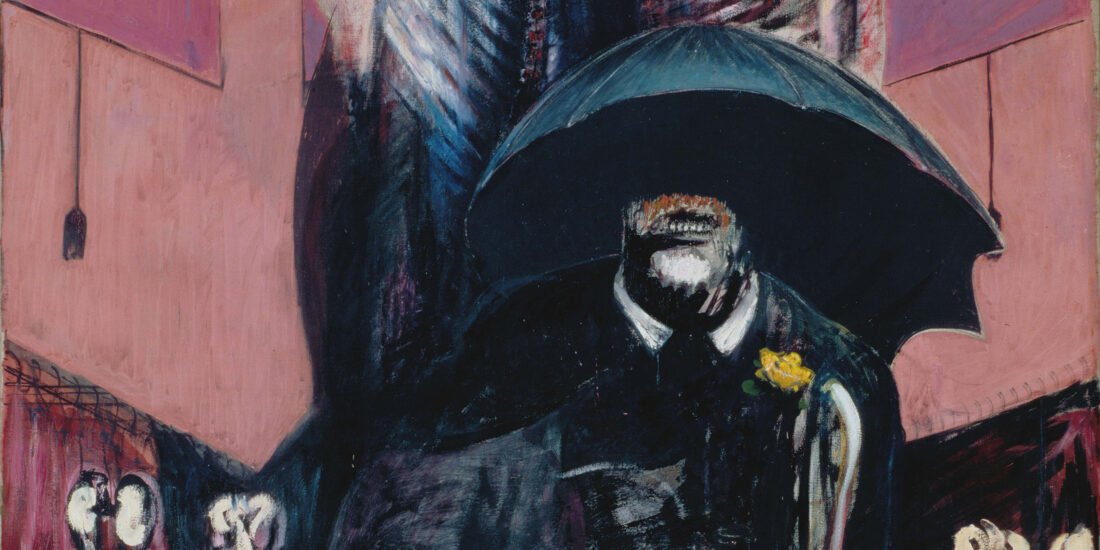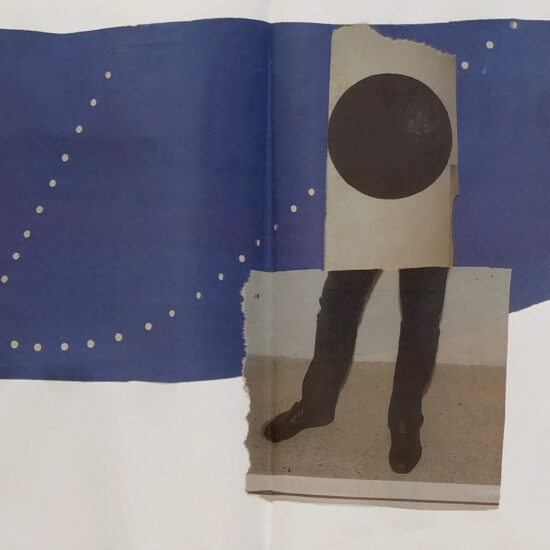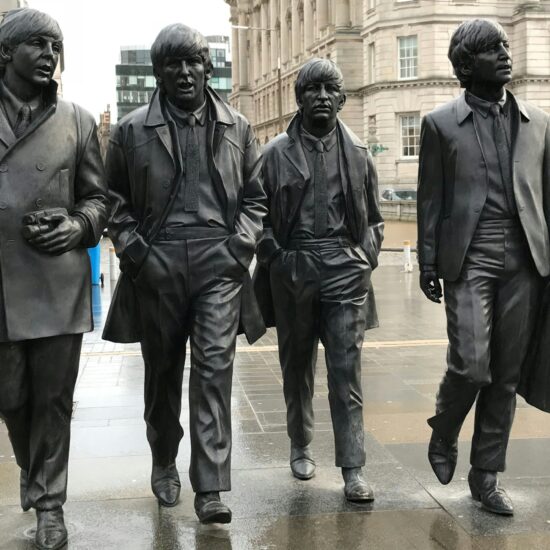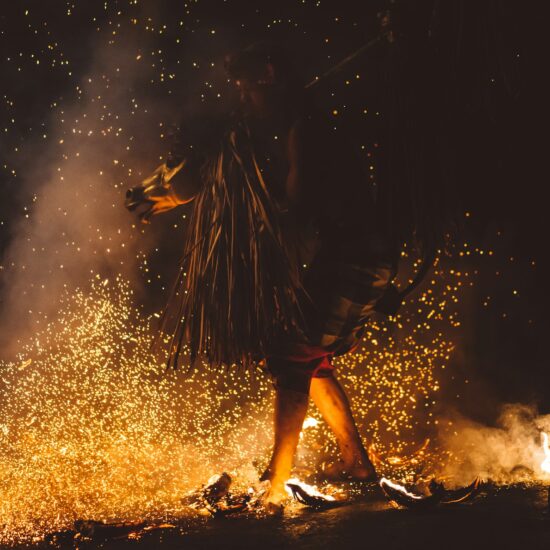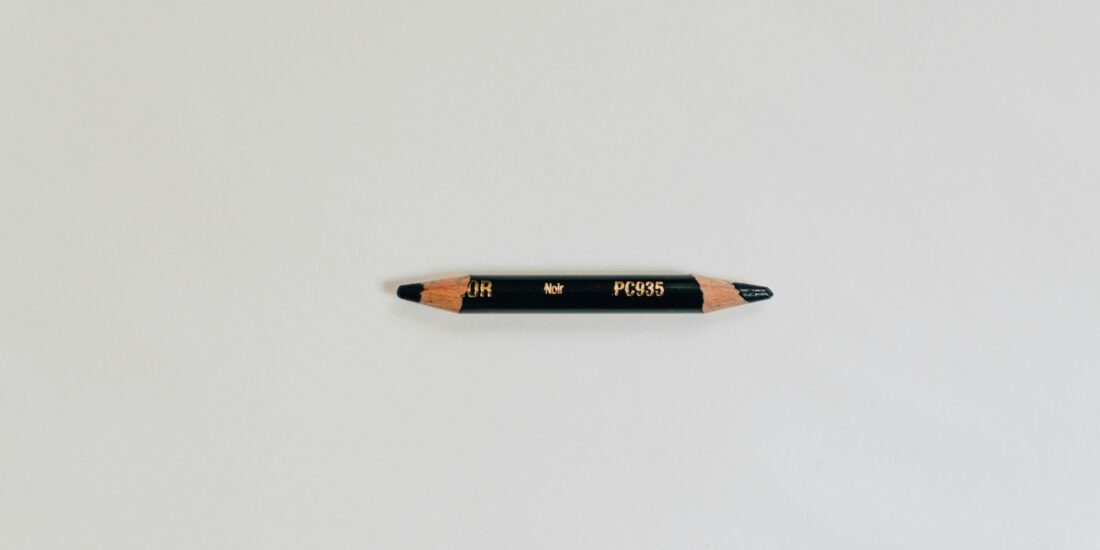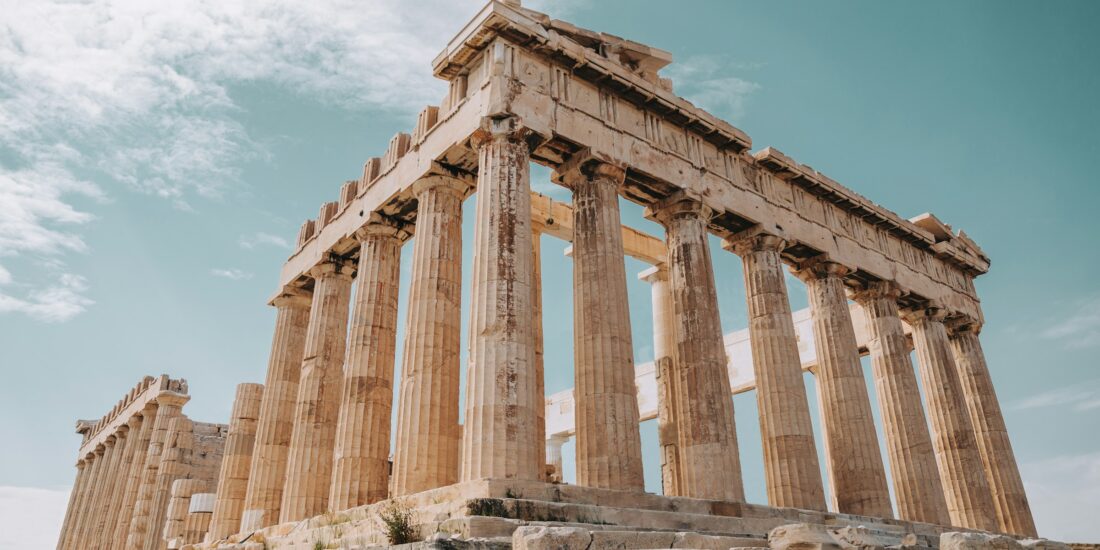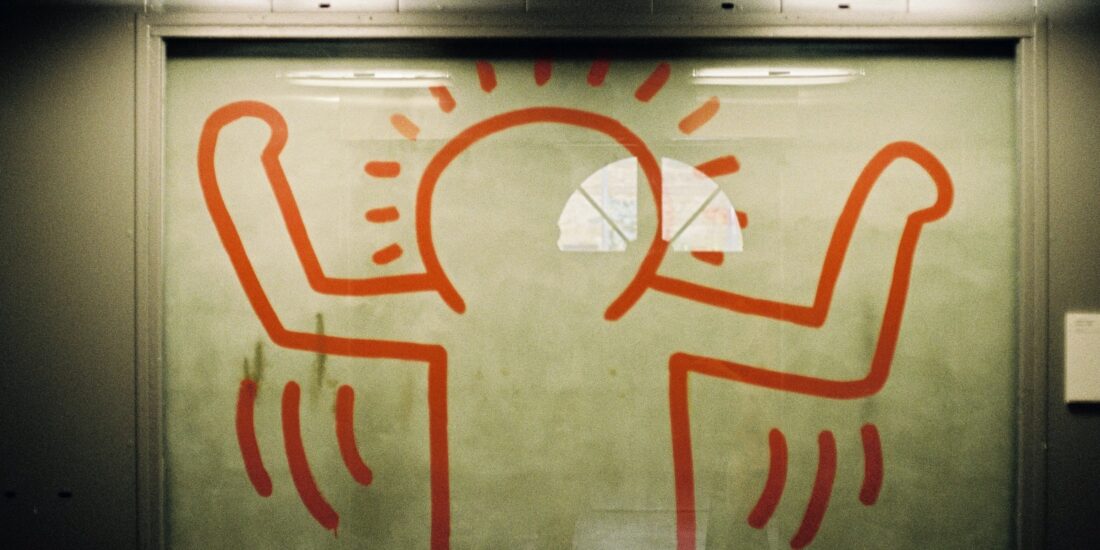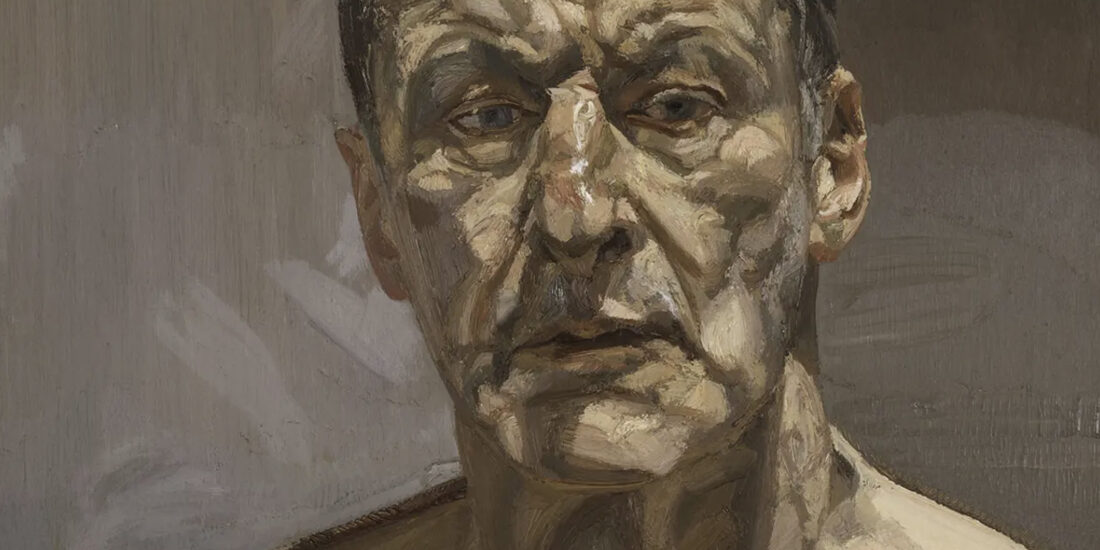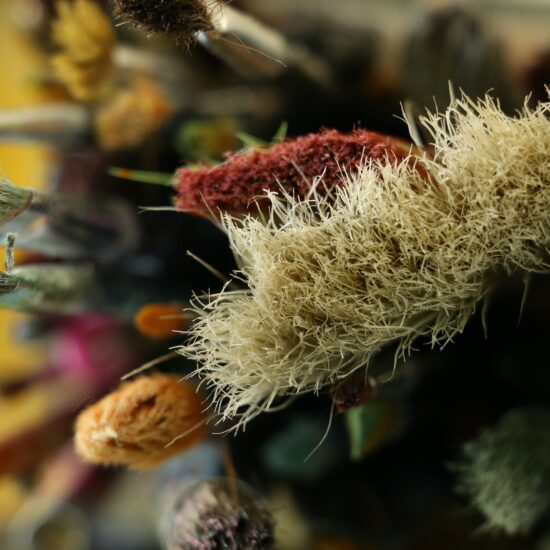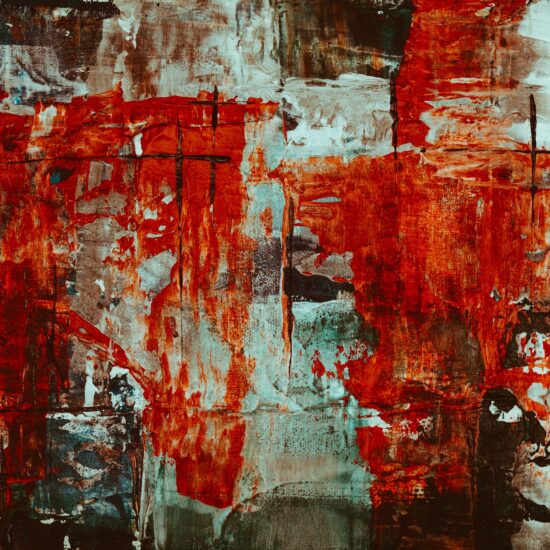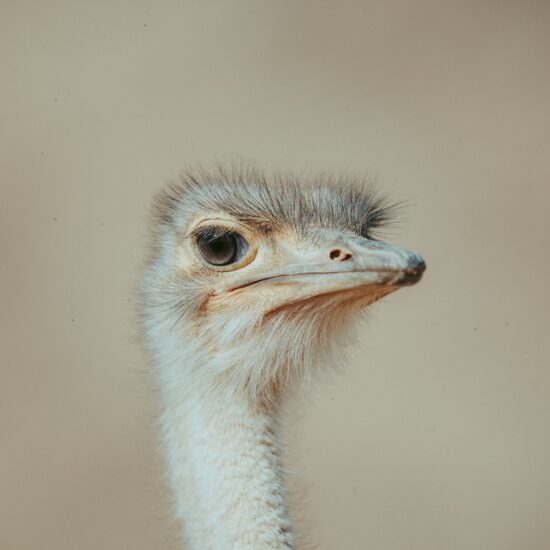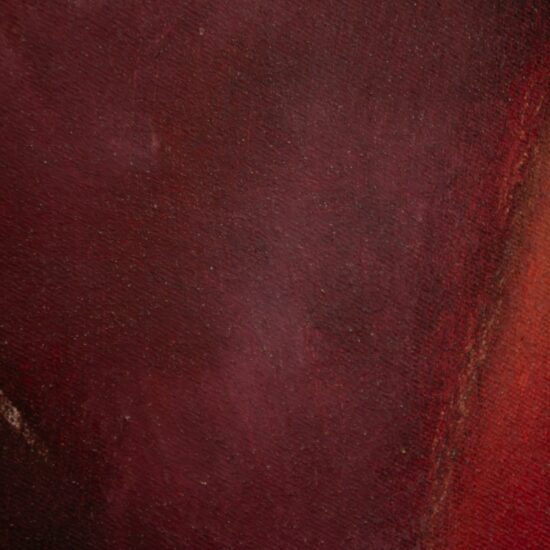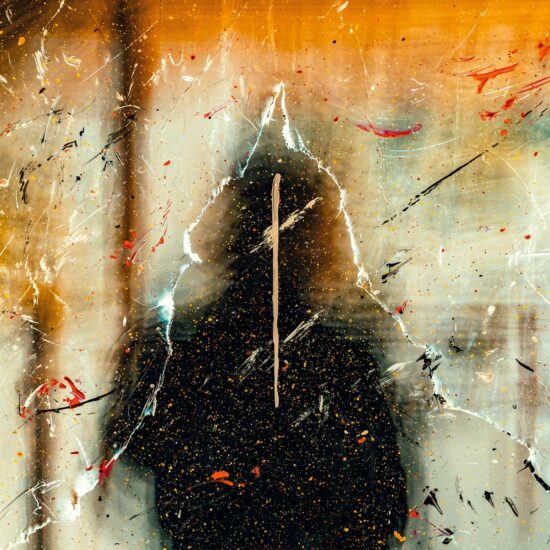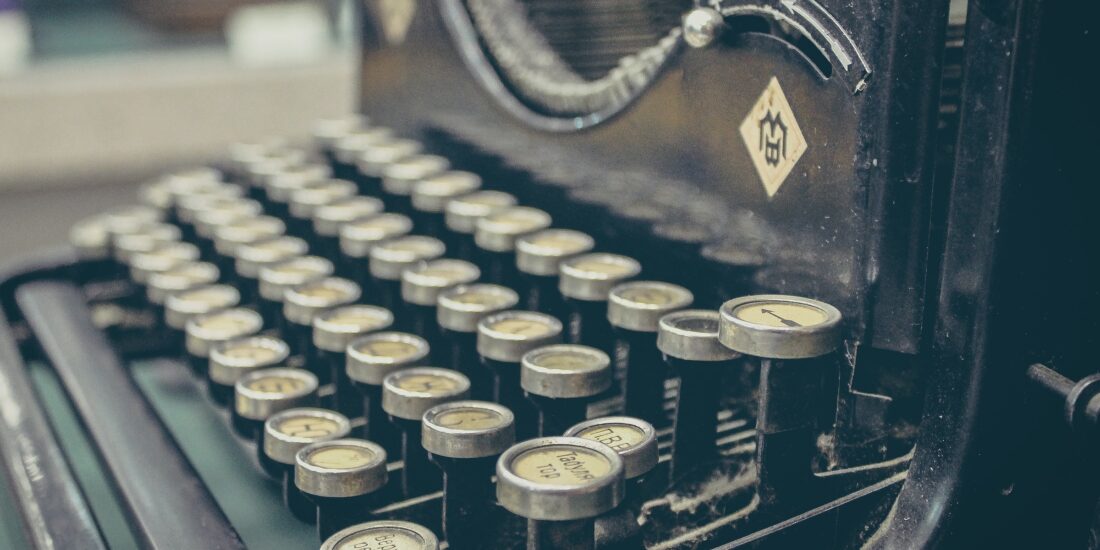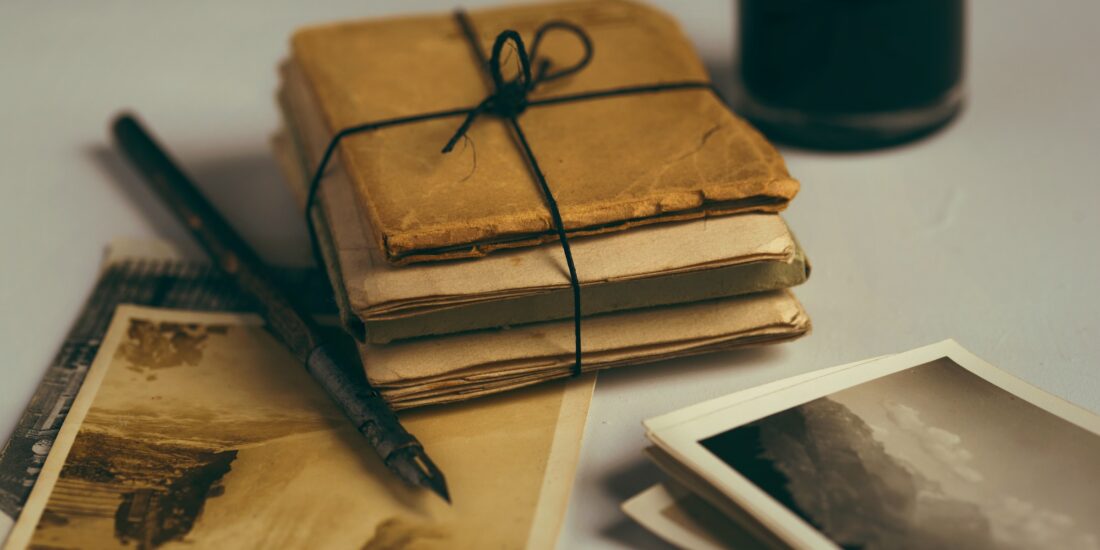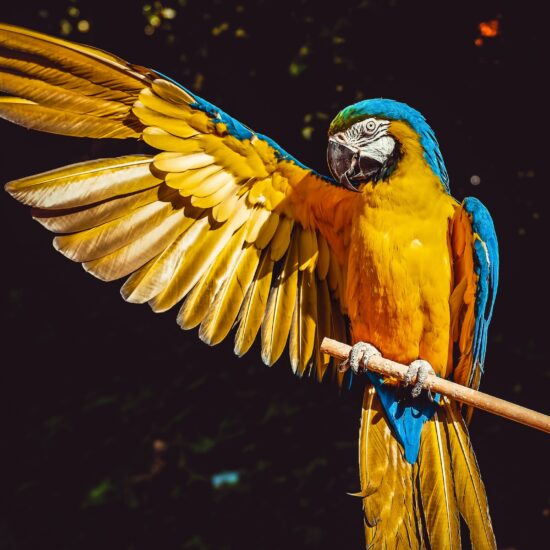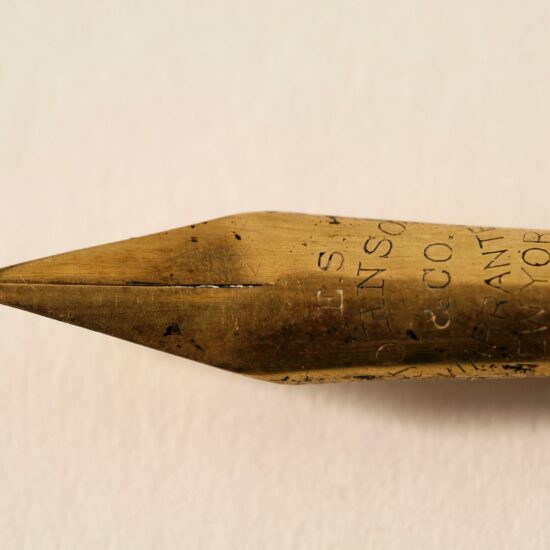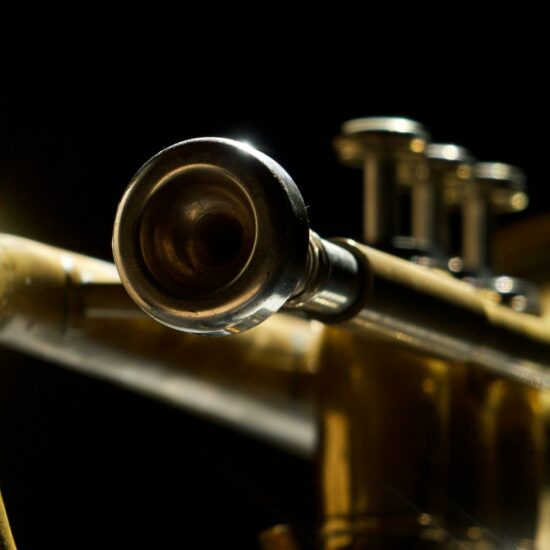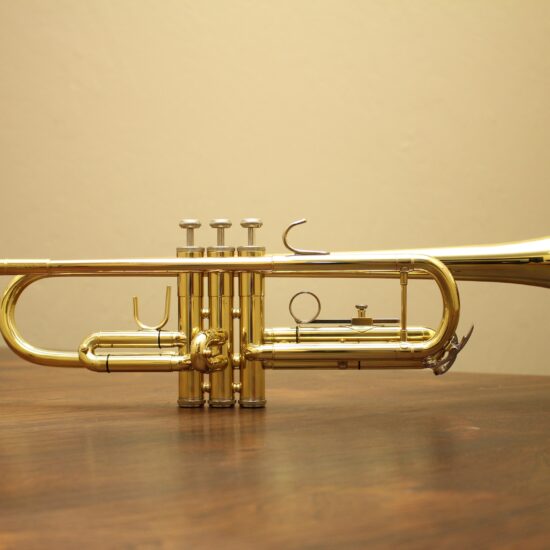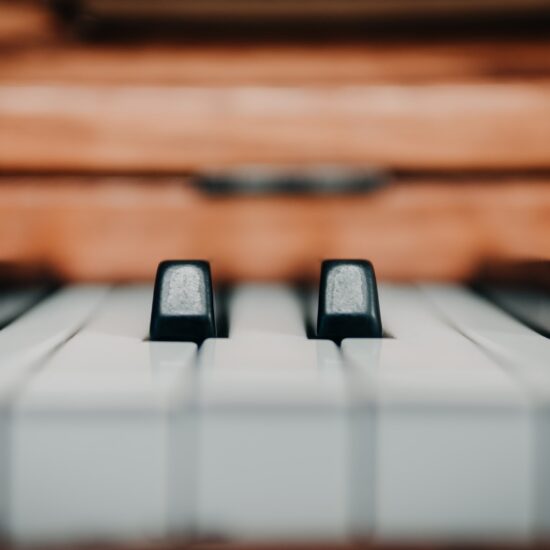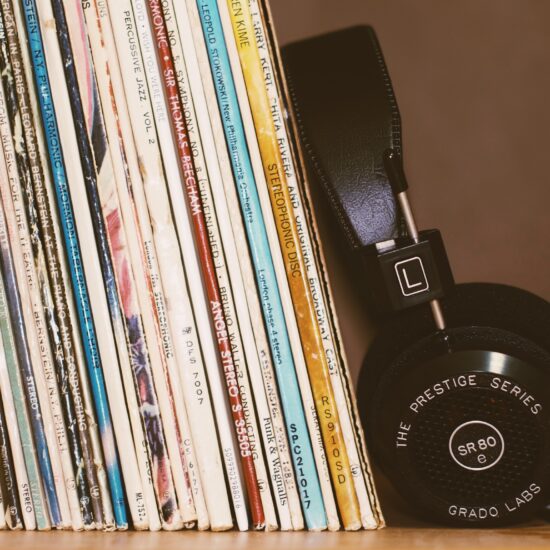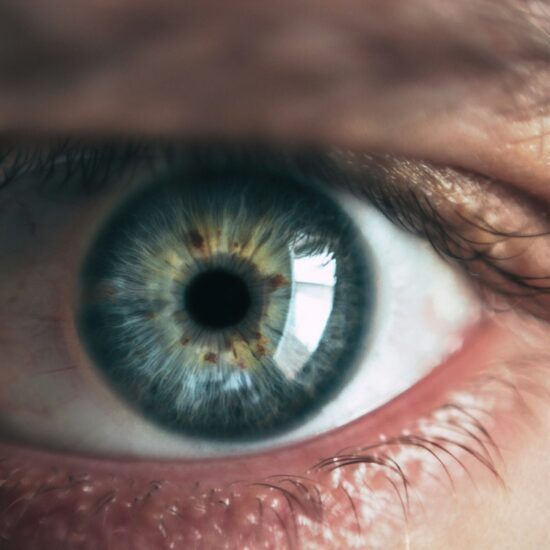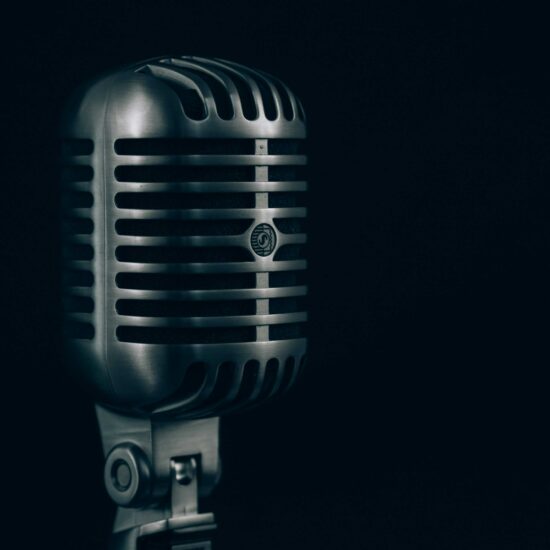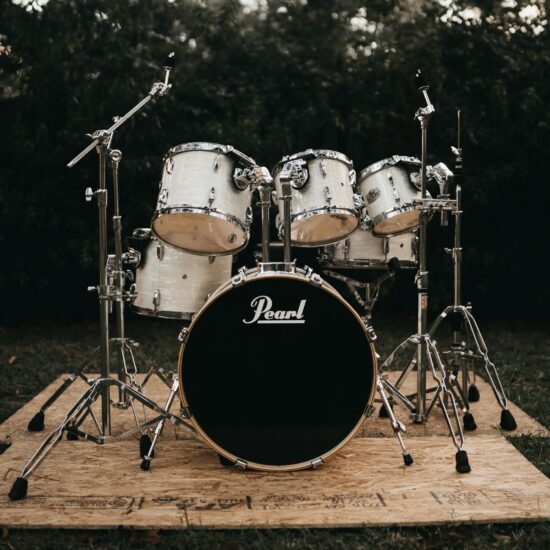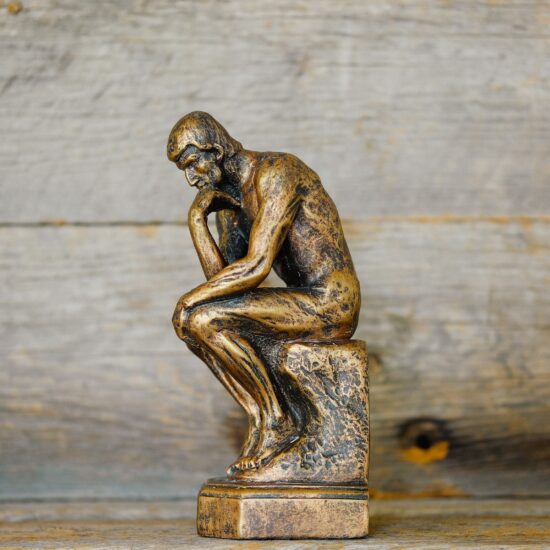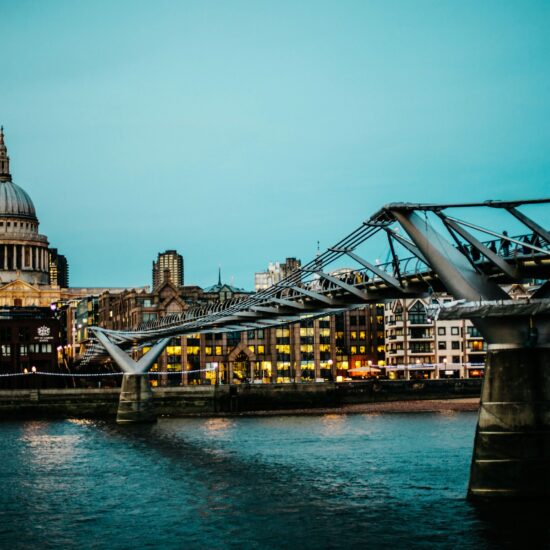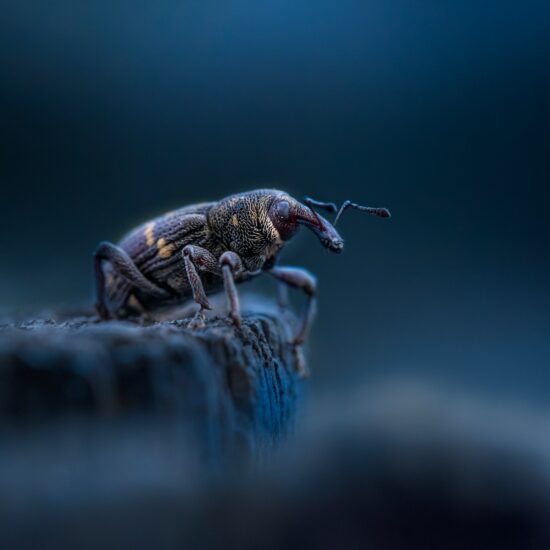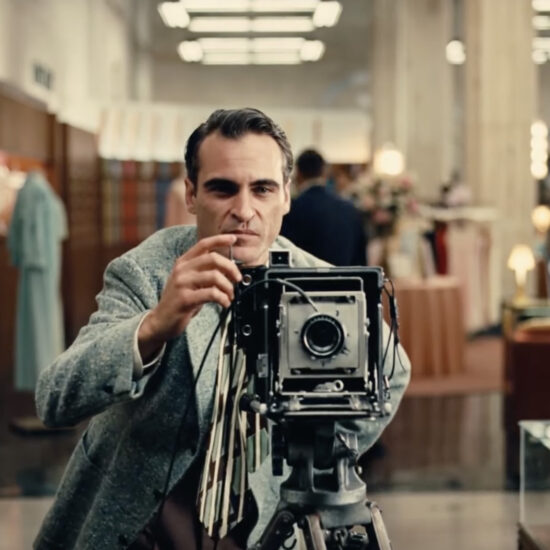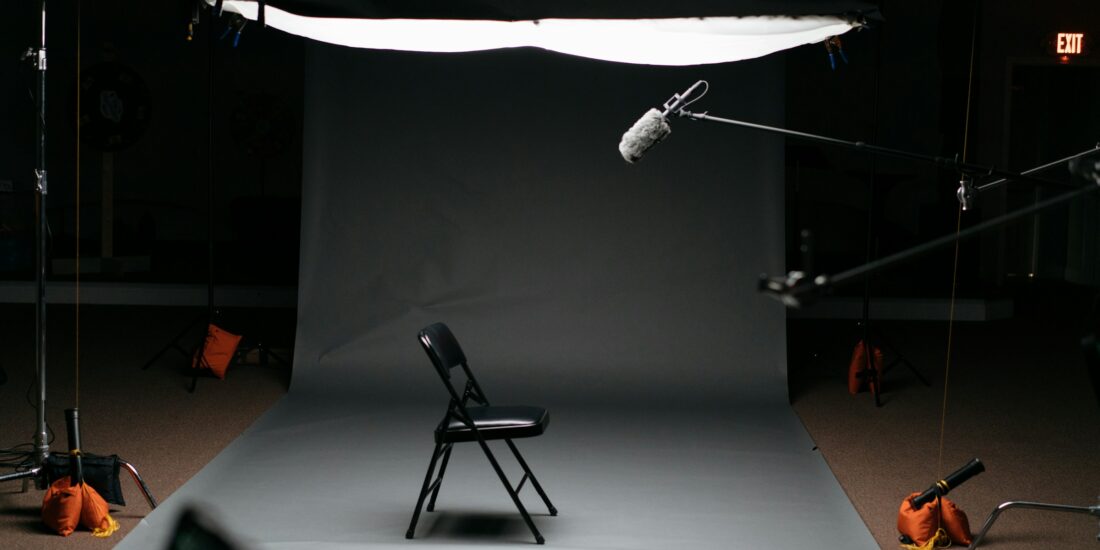MONOLITH VOLUME XXVII: Idols
Idols to possess, to conquer, to venerate. The history of humanity is marked by objects and images under which we felt protected, cloaked in dazzling power, subjected to the point of idiocy. Idols and their surrogates such as fetishes have been amulets, images, sculptures, objects full of charm and power towards which the purest terror or the most transparent devotion has always been nourished. The idol is listened to, observed, prayed for, defended. The theft from churches, royal tombs or the looting during bloody conquests over the centuries is suggestive proof of the importance of these objects. With the passage of time the word has incorporated changes in customs and idols have migrated from metaphysics to the more human flesh.
In art as in music or in the varied clusters in which and within which we live, the idol has remained the favorite means towards the dream of a better being, towards the frontier of contiguity and contagion, putting not so much the something else that touches us and gets closer, the other that can be known and touched but its overflow. Because characteristic of the idol is its interminability: untouchable until its cancellation and extreme as a limit touched and never abolished.
The idol, of whatever species it is, through its appearance, gives us an excess of light, an exaltation and ecstasy in the spasm of appearance up to the most blinding darkness, up to the replacement of the I with the You, all the coupling continually undermined by the heat of decoupling, by the fear of disappointing, by the pain of loss. The idol is in its caesuras and indifference, in making itself looked at and connecting the broadest form of love. A love understood as a device.
OUR AUTHORS | CONTRIBUTIONS
Idoli da possedere, da conquistare, da venerare. La storia dell’umanità è segnata da oggetti e immagini sotto i quali ci siamo sentiti protetti, ammantati da un potere folgorante, assoggettati fino all’idiozia. Gli idoli e i loro surrogati – come i feticci – sono stati amuleti, immagini, sculture, oggetti carichi di fascino e di potenza verso cui si è sempre nutrito il più puro terrore o la più trasparente devozione. L’idolo si ascolta, si osserva, si prega, si difende. La trafugazione nelle chiese, nelle tombe reali o il saccheggio durante le conquiste sanguinose nei secoli è la suggestiva prova dell’importanza di questi oggetti. Con il passare del tempo la parola ha incorporato i mutamenti di costume e gli idoli sono migrati dalla metafisica alla più umana carne.
Nell’arte come nella musica o nei variegati cluster nei quali e dentro i quali viviamo, l’idolo è rimasto il tramite prediletto verso il sogno di un essere migliore, verso la frontiera della contiguità e del contagio rimettendo al centro delle relazioni non tanto l’altro che ci sfiora e si avvicina, l’altro che si può conoscere e toccare ma la sua esondazione. Perché caratteristica dell’idolo è la propria interminabilità: intoccabile fino al suo annullamento in quanto limite toccato e mai abolito.
L’idolo, di qualunque specie sia, attraverso la propria apparenza, ci dona un sovrappiù di luce, un’esaltazione e un’estasi nello spasmo dell’apparenza fino alla tenebra più accecante, fino alla sostituzione dell’io con il tu, all’accoppiamento minato continuamente dal calore del disaccoppiamento, dalla paura del deludere, del dolore della perdita. L’idolo è, nelle sue cesure e indifferenze, nel proprio farsi guardare e congiungere, la forma più ampia dell’amore. Un amore inteso come dispositivo.
M.M.


